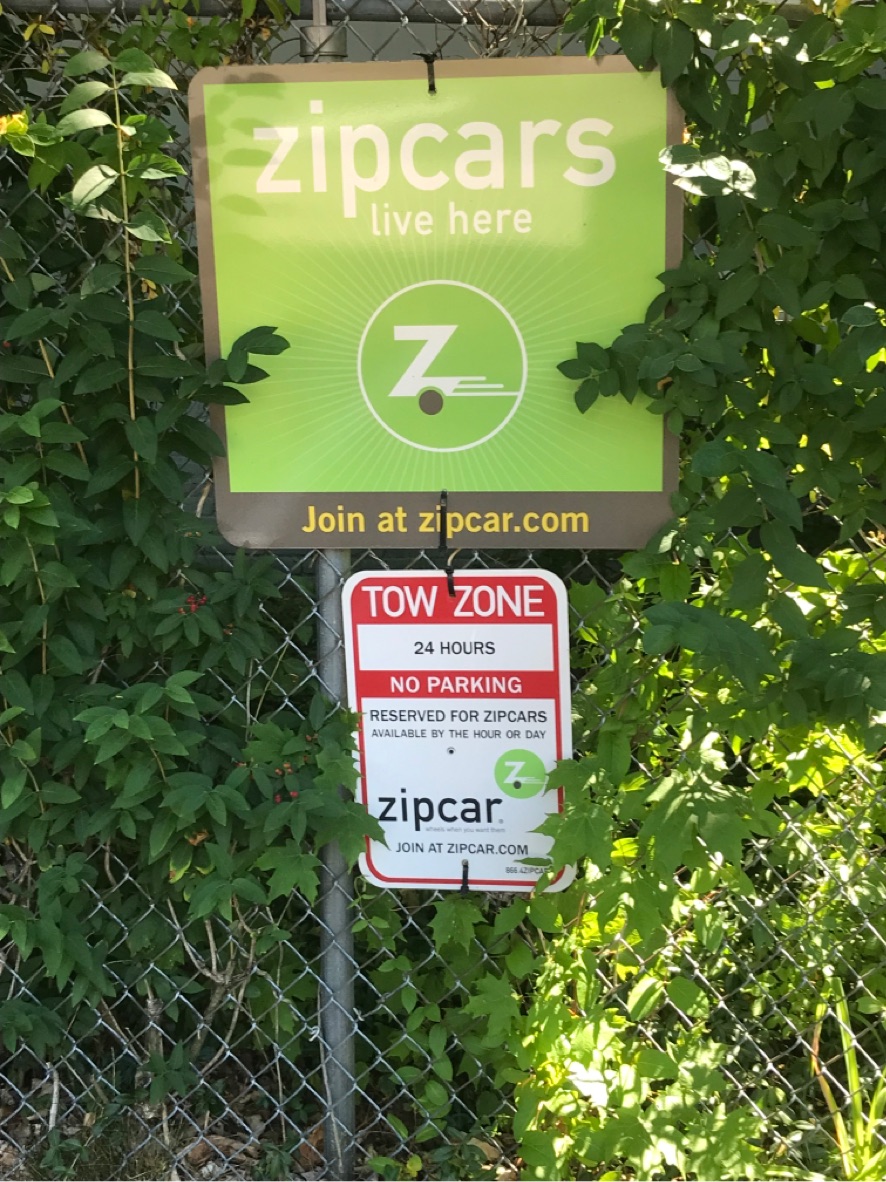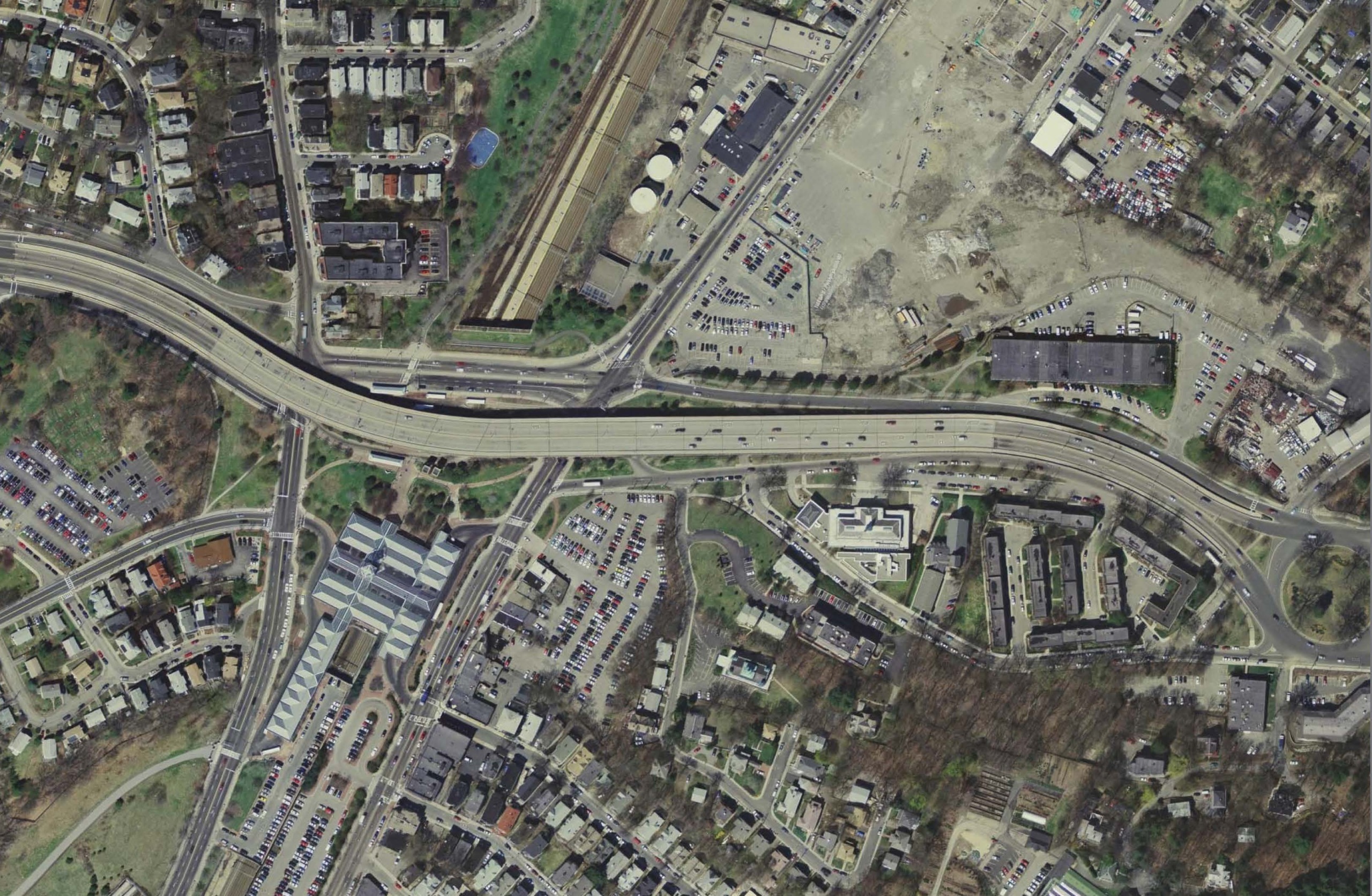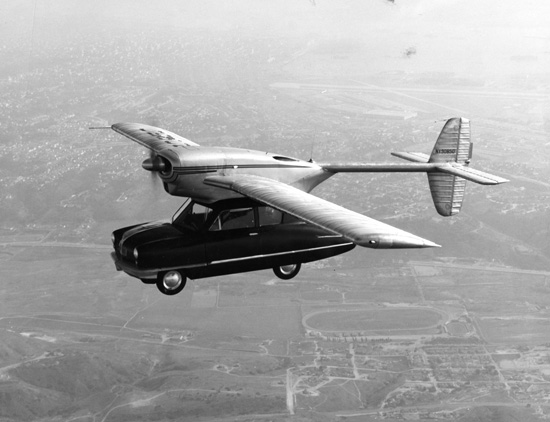
As Uber wanes, a new life for carsharing?
New and exciting models of carsharing are emerging that have the potential to live up to much of the mode’s initial promise, while also serving as a vanguard for America’s transition to electric vehicles.

In the beginning, there was Zipcar.
Launched in 2000 in the Boston area, Zipcar was the first U.S. carsharing service with staying power, providing city residents with the option to use a car without necessarily having to own one themselves.
Very soon, a legion of smaller carsharing services – many of them nonprofits – started up around the country. Rapid innovation followed. New models of carsharing emerged – including “free floating” or “one-way” carsharing in which users could pick up a car in one location and drop it off in another.
The stakes were high and the potential benefits huge. Not only is individual car ownership a financial liability to those who must drive, but all those cars also soak up precious space in our cities. When people have a car sitting around that they’re already paying for, they’re more likely to use it for trips they’d otherwise take by transit, on foot or by bike, creating congestion and pollution. And for those who cannot afford or choose not to buy a car, carsharing can provide access to automobility at the times when it is most needed.
Those benefits were validated by studies showing that carsharing services reduce overall vehicle use and travel.
And so, for a while in the 2010s, carsharing looked as though it might not exactly end car ownership, but at least provide a viable alternative to it for a steadily increasing share of the American people. Membership numbers were growing. The possibilities looked endless.
Then the money came.
In the shared mobility frenzy of the mid-2010s, venerable local carsharing firms were swallowed up by global corporations. Uber and Lyft – subsidized by seemingly never-ending flows of venture capital – undercut carsharing’s promise by providing access to on-demand mobility with someone else doing the driving.
By 2020, big-money competition and lukewarm policy support in many cities and states had caused much of the initial excitement of carsharing to fade. Many free-floating carsharing services shut down and traditional, station-based carsharing services stagnated. Large corporations such as Enterprise,[1] BMW and General Motors pulled out of carsharing in the U.S.
And now, to add insult to injury, the cheap ridehail trips that helped undercut carsharing have gotten more expensive and there are real questions about whether Lyft and Uber will survive in anything like their current form. The days of what the Atlantic’s Derek Thompson calls the “Millennial Lifestyle Subsidy” are likely coming to an end.
Not everything has been washed away by the receding wave of VC money, though. More than 20 years after its founding, Zipcar is still there. Peer-to-peer carsharing services (think AirBnB on wheels) grew during the pandemic when traditional rental car companies found themselves without vehicles to rent.
And if you look below the radar, new and exciting models of carsharing are emerging that have the potential to live up to much of the mode’s initial promise, while also serving as a vanguard for America’s transition to electric vehicles.
Electrifying carsharing
In California, revenue from the state’s cap-and-trade system for greenhouse gas emissions is funding innovative services that bring electric vehicles to low-income communities through carsharing. Among those services is Miocar, an electric carsharing service providing essential mobility for the rural San Joaquin Valley. A study of the first 10 months of the program found that Miocar users tended to have lower-than-average incomes, many had limited access to vehicles in their households, and the median age of the cars they did own was 10 years.
Elsewhere in California, BlueLA has provided electric carsharing to residents of Los Angeles since 2018. As with Miocar, more than half of the membership of BlueLA is made up of low-income residents. Since its launch, more than 1.3 million miles have been traveled in BlueLA’s fleet of EVs.
Across the country, in Albany, NY, carsharing is being integrated into the region’s transit network, with vehicles sharing branding with the transit agency. Other emerging models include the integration of electric carsharing into social services provision for seniors in St. Louis, and the deployment of clean carsharing vehicles for a variety of community purposes in Hood River, Ore.
More traditional modes of carsharing are also going electric. Envoy Mobility provides carsharing services as an amenity for hotel visitors and residents of apartment buildings, including affordable housing developments. And there are even efforts to resurrect previous carsharing models in cities like Minneapolis, which has relaunched one-way carsharing – this time with electric vehicles – a model that has proven successful in other cities around the world.
Some of those new and rebooted models of carsharing are poised to scale up soon. In February, Forth Mobility and Mobility Development Group received funding from the U.S. Department of Energy to launch EV carsharing services based at affordable housing sites in six states: Oregon, Washington, North Carolina, Missouri, New Mexico and Michigan.
An opportunity for growth
Given the overheated dreams and unfulfilled promises of the last shared mobility wave, it’s worthwhile to take a second to pump the brakes. Many of these new services are still in the pilot stage. Some will fail. And even if they succeed, they won’t result in Americans ditching their cars en masse … at least not right away.
But this new wave of carsharing innovation feels different from the wave of transportation “disruption” of the 2010s in that it is grounded in communities’ genuine needs and priorities – helping senior citizens get to health appointments, rural residents save money on gas and car maintenance, residents of affordable housing get where they need to go without having to go into debt for a car, or hotel guests not having to rent a car for their stay. In contrast to the “move fast and break things” ethos that drove VC-backed efforts to “disrupt” transportation in the 2010s, the new services are more aligned with a vision of shared mobility that provides an important and enduring asset to the community.
The integration of carsharing with vehicle electrification also provides a clear climate rationale for these services, and extends the promise and benefits of electric mobility to those who might not be able to plunk down $50,000 for a new Tesla any time soon.
Where is the policy support?
But until policy-makers and, frankly, transportation advocates bump up the level of attention and priority to carsharing, its full promise is likely to remain unrealized. Transportation policy at the federal and state levels is typically more focused on building stuff than on delivering services in innovative and effective ways. Some policies, like high taxes on rental car transactions, actively disincentivize carsharing. And carsharing has always had an uncomfortable place in sustainable transportation advocacy circles – after all, do we really want to be providing yet another opportunity for people to drive cars?
The plain fact of the matter is, though, that in large parts of America, people need to use cars to get where they’re going much of the time, and even in those places where biking, walking and transit are viable and convenient options, many of us need to use cars at least some of the time. By providing access to a vehicle when you need it – without requiring you to pay to buy it, maintain it, insure it or garage it – carsharing can liberate more people to live car-light lifestyles and improve access to transportation for those who already live without a car, either by choice or by necessity.
Expanding access to carsharing will require access to public money, sustained support from urban transportation leaders (including, for example, the provision of parking spaces for carsharing vehicles on city streets), and new partnerships among carsharing vendors, transit providers, social service agencies, city departments of transportation and others.
With creativity, attention and money, there is reason to hope that the receding wave of venture capital money aimed toward “disrupting” transportation will leave behind something more viable, more beneficial and more sustainable in its wake – enabling those of us who were enchanted by the promise of carsharing and other forms of shared mobility a decade ago to finally get a glimpse of their real possibilities.
Photo by author.
[1] Enterprise CarShare’s website shows three remaining U.S. locations, all at college campuses.
Topics
Authors
Tony Dutzik
Associate Director and Senior Policy Analyst, Frontier Group
Tony Dutzik is associate director and senior policy analyst with Frontier Group. His research and ideas on climate, energy and transportation policy have helped shape public policy debates across the U.S., and have earned coverage in media outlets from the New York Times to National Public Radio. A former journalist, Tony lives and works in Boston.
Find Out More

Four ways to look at a project (or policy, or almost anything)

America needs a “roads review”

Where’s my flying car? Who cares?

